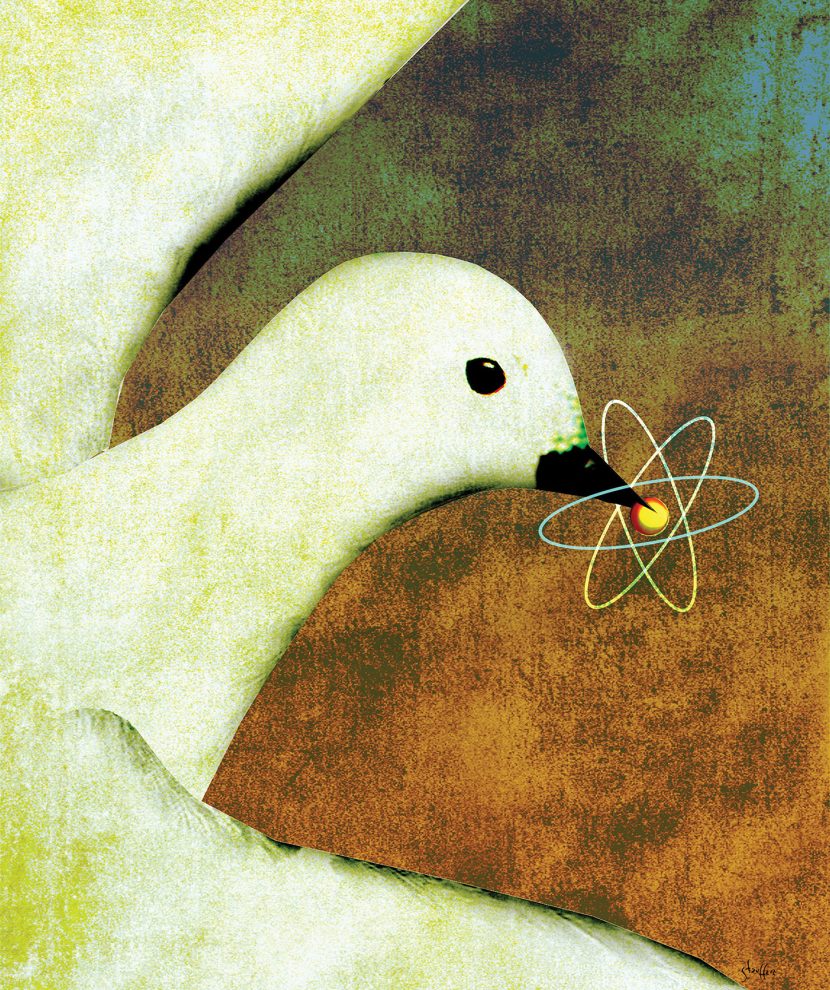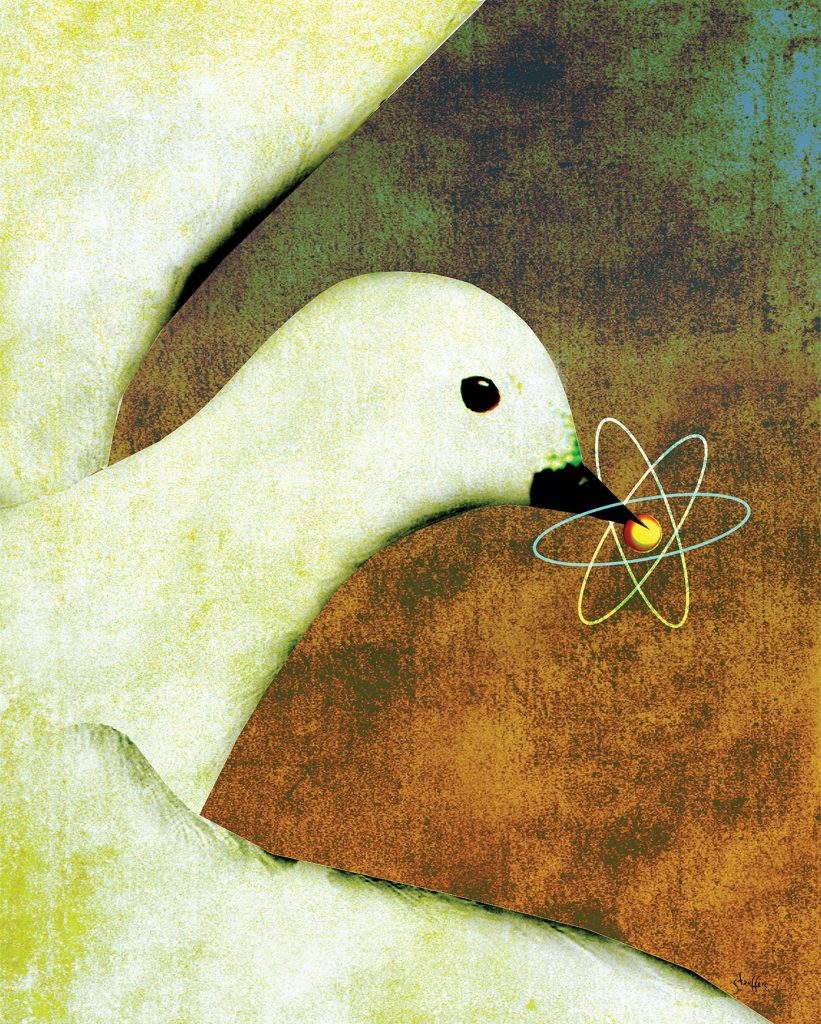Oklo wants to revolutionize nuclear energy. The start-up, founded by two MIT students, is developing microreactors that can run on nuclear waste. Unlike traditional reactors designed to power whole cities, Oklo’s 1.5 megawatt reactor fits inside a shipping container. If successful, Oklo could provide a zero-carbon alternative to dirty diesel generators, reducing the carbon footprint of industrial sites, colleges, and remote communities.
But the Nuclear Regulatory Commission recently dealt Oklo a setback by denying the company’s license application. In fact, since the Commission was created in 1975, exactly zero licenses submitted to the NRC have begun operations. As China, Russia, and other countries continue to push the envelope on nuclear power, America’s problematic nuclear policy jeopardizes both our technological leadership and our climate goals.
Oklo’s microreactors challenge many assumptions about nuclear energy. Its “fast reactor” design extracts more energy from nuclear fuel than conventional reactors and can run on traditional reactors’ nuclear waste. The small units can be built quickly and deployed broadly. And the microreactor is “sealed” when built—it contains a lifetime supply of fuel, so there is no need to access the reactor during operations. This reduces a big operating cost: protecting against theft of nuclear fuel. The Energy Department allowed Oklo to build a prototype in Idaho using government-owned spent nuclear fuel. But it needs NRC’s permission to proceed.
Oklo is part of a broader wave of nuclear innovation. Bill Gates’s TerraPower is developing small modular reactors that fit comfortably between Oklo’s microreactors and traditional reactors. In the large reactor space, breakthroughs in molten salt technology as an alternative to water cooling obviates the need to build near rivers and bays.
These new nuclear designs could yield significant benefits, particularly for a world increasingly concerned about climate change. Nuclear power is an efficient, reliable source of carbon-free electricity. Like fossil fuel plants, nuclear plants are dispatchable—they produce energy on demand, rather than merely when the sun shines or the wind blows. But they lack the carbon footprint of their coal and gas counterparts. And they use less land than renewables. A gigawatt nuclear plant sits on approximately 1.3 square miles. To generate the same amount of electricity each year, a wind farm would need 260-360 square miles of land.
Despite these advantages, America is retiring its nuclear fleet at an alarming rate. Twelve nuclear reactors have been shut down in the past decade, reflecting ten gigawatts of generating capacity. Economics is a large factor: Newer low-cost natural gas and subsidized renewable generators produce cheaper electricity than 1970s nuclear reactors. But political and regulatory opposition has also hindered efforts to update older reactors or bring new reactors online.
Meanwhile, other countries are leaning into the nuclear revolution. China has forty-six new nuclear reactors planned or under construction. Globally, twenty fast reactors like Oklo’s are under construction, driven by Russian technological leadership. Nuclear power is a global game, and America is falling behind.
America simply cannot achieve the administration’s carbon footprint goals without advanced nuclear power. Our regulatory ambivalence toward the nuclear revolution not only undermines our credibility on environmental policy, but risks yielding significant technological advantages to rival nations in the coming years.




